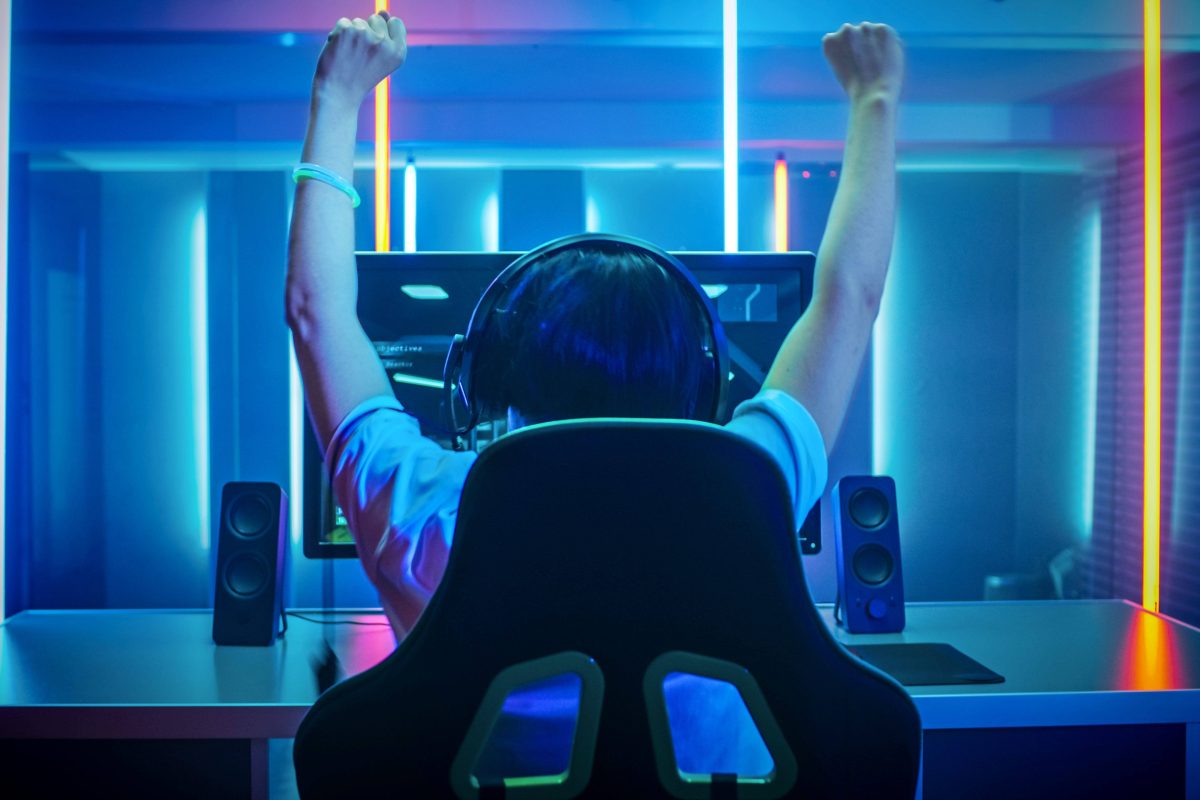So, you’ve got yourself a shiny new gaming PC and you’re all set to embark on your epic gaming adventures. But hold on! Just because you’ve installed the latest version of Windows and downloaded your favourite games doesn’t mean your PC is firing on all cylinders.
While a hardware boost can work wonders for your setup, upgrading your GPU can be a pricey affair. It’s no wonder that many gamers are seeking ways to squeeze every last drop of performance out of their hardware.
Don’t underestimate the impact of a few clever software tweaks that can take your gaming experience to the next level. Of course, it’s important to keep in mind that software adjustments can only take you so far if you’re being held back by outdated hardware. That said, we’ve got some handy tips to help you get the most out of your Windows PC.
Tip 1: Turn on ‘Game mode’
Sometimes the simplest things can make a big difference. By activating Game Mode, Windows dedicates a significant amount of resources to your gaming application, disables notifications, and either shuts down or reduces the impact of most background activities. This adjustment enhances overall performance, delivering an improved gaming experience. To activate game mode, follow these steps:
- Press the Start button on your keyboard to open the Start menu.
- Type “Game” in the search bar.
- When “Game Mode Settings” appears at the top of the Start menu, click on it.
- In the Game Mode Settings window, click the button to enable Game Mode.

Tip 2: Boost your power settings
Take control of your power settings and elevate your gameplay. When it comes to desktop systems, power settings typically have minimal impact on performance. However, for laptops, enabling high performance mode can yield significant improvements. To tap into this power-boosting feature, follow these steps:
- Open the Settings menu by clicking on the Start button and selecting “Settings”.
- In the Settings menu, click on “System” and then choose “Power & Sleep”.
- Locate and click on “Additional power settings.” This action will open the Control Panel.
- In the Control Panel, you should see the “Choose or customise a power plan” screen. Here, select “High performance” to prioritise performance over energy efficiency on your PC.
- If you don’t see this option, expand the “Show additional plans” drop-down menu to uncover the hidden high performance mode.
In case Windows is still hiding these options and you still can’t find the high performance mode, you can create a new power plan. On the left sidebar of the Control Panel, click on “Create a power plan.” Choose “High performance” and proceed with finalising your new plan.
Tip 3: Disable unnecessary apps and processes
While many background applications tend to be lightweight, there are a few that can unexpectedly impact your game performance. To identify these resource-hogging culprits swiftly, follow these steps:
- Press the Ctrl + Alt + Delete keys simultaneously on your keyboard. This action will open a menu with various options.
- Select “Task Manager” to launch the Task Manager window.
- In the Task Manager, you’ll get a comprehensive overview of the programmes currently running on your system and their respective resource usage.
You can then manually select and close down applications that are consuming the most system resources by simply right-clicking on them and selecting “End Task”.
Tip 4: Optimise your in-game settings
When it comes to boosting frame rates in games, one of the most effective strategies is to optimise in-game settings to find the perfect performance sweet spot for your hardware. If you find your game struggling to keep up, your first course of action should be adjusting the game’s resolution setting to the lowest acceptable level, and then gradually increasing it to determine the ideal setting for your specific setup. Fortunately, most PC games provide a wide array of advanced settings that you can fine-tune.

Tip 5: Update your Windows
Just like updating your GPU drivers, ensuring that your Windows 11 operating system is up to date is equally crucial. Before diving into installing games and applications on your PC, it’s essential to check for any pending OS updates. These updates often bring valuable performance enhancements and improvements to the overall user experience.
Keep in mind that Windows won’t automatically update on metered connections. If you’re connected to a metered connection, it’s essential to manually check for pending updates periodically. This way, you won’t miss out on the latest performance-boosting improvements.





